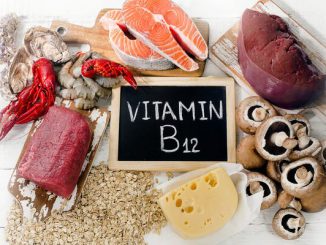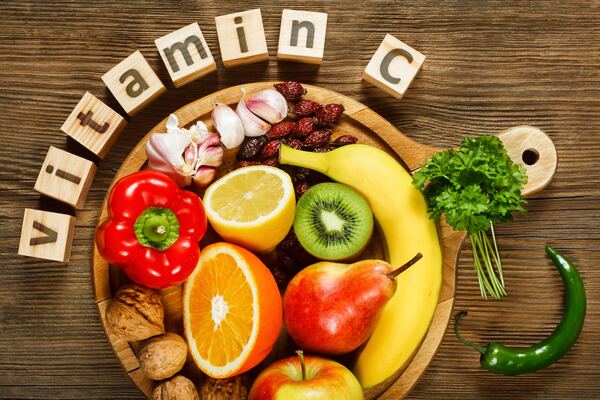
We all know that vitamin C is good for our immune system. The best way to take it is in fresh form from the food we eat.
Check the Top 20 foods with high vitamin C for your daily dose!
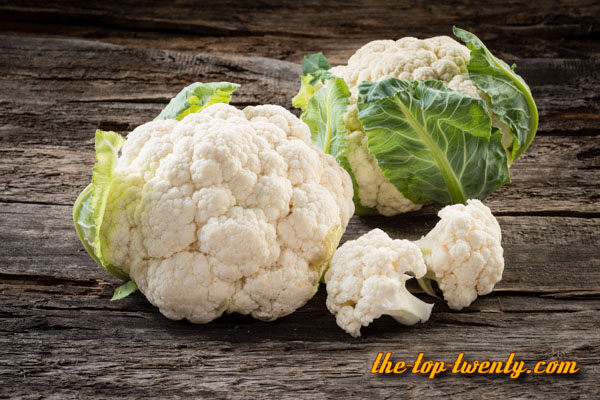
20. Cauliflower – 73 mg vitamin C per 100g
Raw cauliflower is 92% water, 5% carbohydrates, 2% protein, and contains negligible fat (table). A 100 gram reference amount of raw cauliflower provides 25 calories, and has a high content of vitamin C and moderate levels of several B vitamins and vitamin K. Contents of dietary minerals are low.
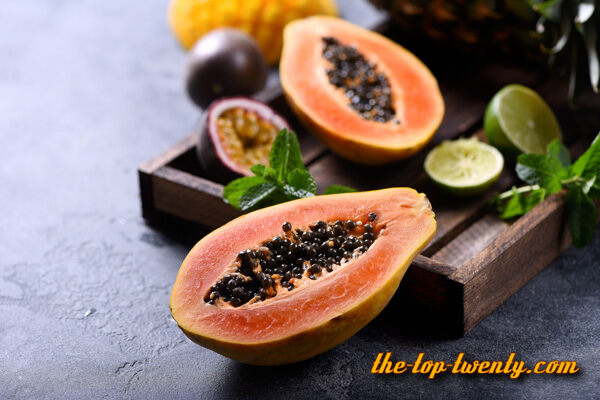
19. Papaya – 82 mg vitamin C per 100g
Papaya plants grow in three sexes: male, female, and hermaphrodite. The male produces only pollen, never fruit. The female produces small, inedible fruits unless pollinated. The hermaphrodite can self-pollinate since its flowers contain both male stamens and female ovaries. Almost all commercial papaya orchards contain only hermaphrodites.
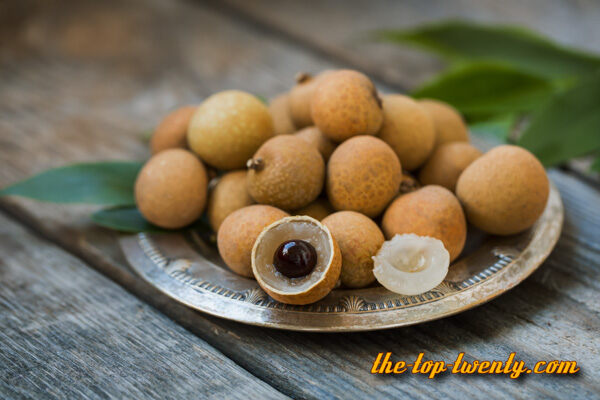
18. Longan – 84 mg Vitamin C per 100g
The longan, is a tropical tree species that produces edible fruit. It is one of the better-known tropical members of the soapberry family , to which the lychee, rambutan, guarana, korlan, pitomba, Genip and ackee also belong. The fruit of the longan are similar to that of the lychee, but less aromatic in taste. It is native to Southern Asia.
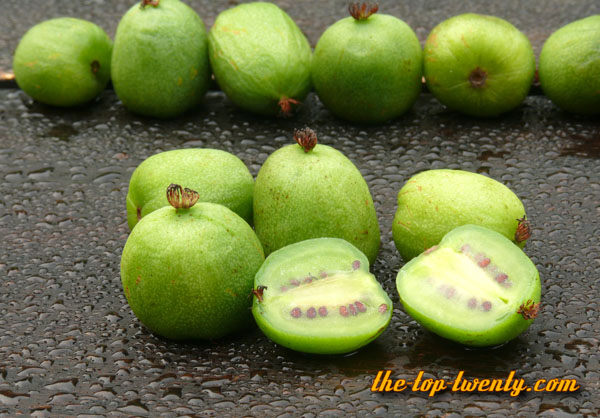
17. Kiwi berry – 92 mg vitamin C per 100g
The fruit is referred to as hardy kiwifruit, kiwi berry, arctic kiwi, baby kiwi, dessert kiwi, grape kiwi, northern kiwi, or cocktail kiwi, and are edible, berry- or grape-sized fruit similar to kiwifruit in taste and appearance, but are green, brownish, or purple with smooth skin, sometimes with a red blush. Often sweeter than the kiwifruit, hardy kiwifruit can be eaten whole and do not need to be peeled. Thin-walled, its exterior is smooth and leathery.
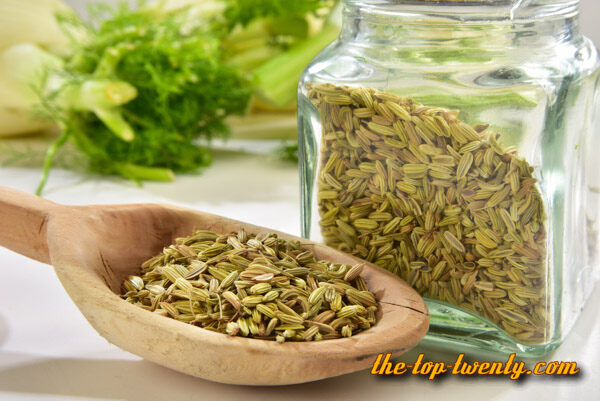
16. Fennel – 93 mg Vitamin C per 100g
Fennel is a highly aromatic and flavorful herb used in cookery and, along with the similar-tasting anise, is one of the primary ingredients of absinthe. Florence fennel or finocchio is a selection with a swollen, bulb-like stem base that is used as a vegetable.
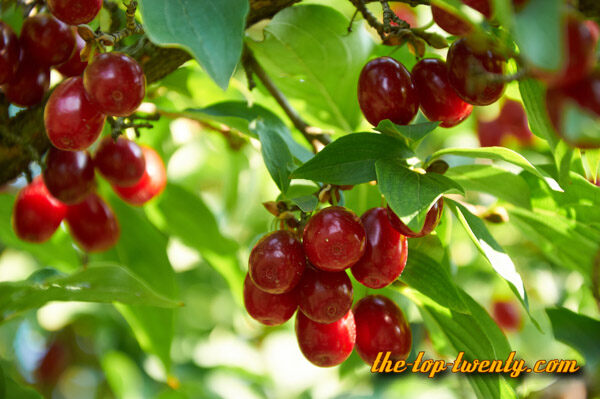
15. Cornelian cherry – 100 mg vitamin C per 100g
When ripe, the Cornelian cherry is dark ruby red or a bright yellow. It has an acidic flavor which is best described as a mixture of cranberry and sour cherry; it is mainly used for making jam, makes an excellent sauce similar to cranberry sauce when pitted, and then boiled with sugar and orange, but also can be eaten dried.
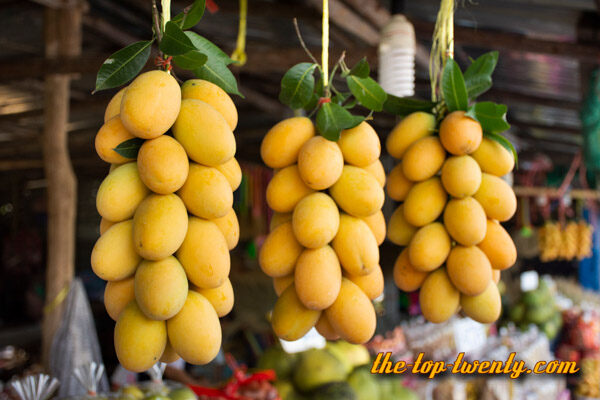
14. Gandaria/Marian plum/plum mango – 100 mg Vitamin C per 100g
The gandaria fruit is green in colour and mature to an orange/yellow, with the seed being pink. They grow to roughly 2 to 5 cm (0.7 to 1.9 inches) in diameter. The entire fruit, including its skin is edible. The fruit range from sweet to sour in flavor similar to the Alphonso mango, and have a light smell of turpentine. When ripe, the fruit is soft and has fibrous mango-like seeds.
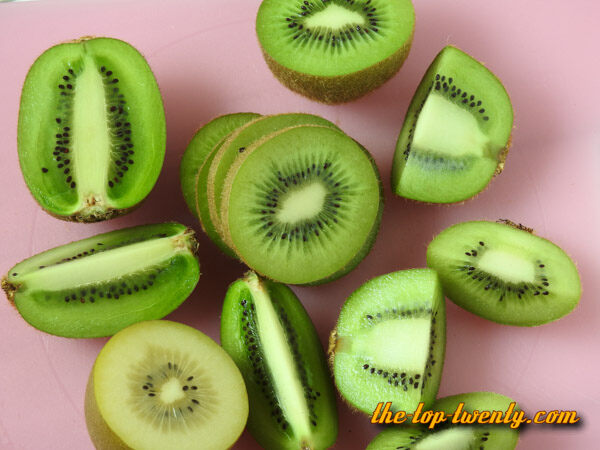
13. Kiwifruit – 121 mg vitamin C per 100g
Kiwifruit is native to north-central and eastern China. As it was usually collected from the wild and consumed for medicinal purposes, the plant was rarely cultivated or bred. Cultivation of kiwifruit spread from China in the early 20th century to New Zealand, where the first commercial plantings occurred. The fruit became popular with British and American servicemen stationed in New Zealand during World War II, and was later exported, first to Great Britain and then to California in the 1960s.
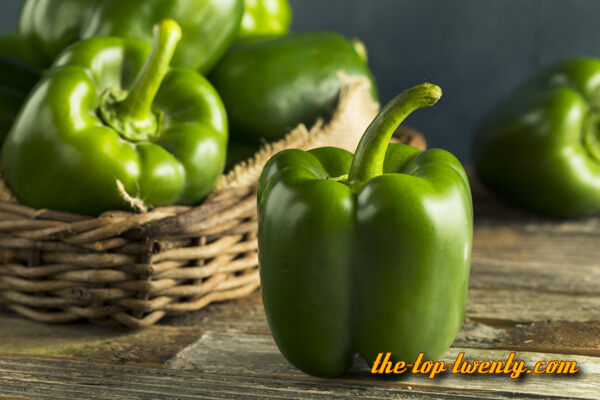
12. Green bell pepper – 139 mg vitamin C per 100g
The green bell pepper, is the unripe fruit of the Red bell pepper. The bell pepper is the only member of the genus Capsicum that does not produce capsaicin, a lipophilic chemical that can cause a strong burning sensation when it comes in contact with mucous membranes.
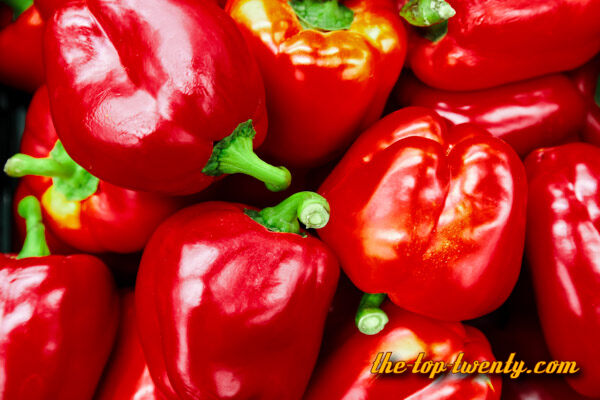
11. Red bell pepper – 140 mg Vitamin C per 100g
Bell Peppers are native to Mexico, Central America, and northern South America. Pepper seeds were imported to Spain in 1493 and then spread through Europe and Asia. The mild bell pepper cultivar was developed in the 1920s, in Szeged, Hungary.












